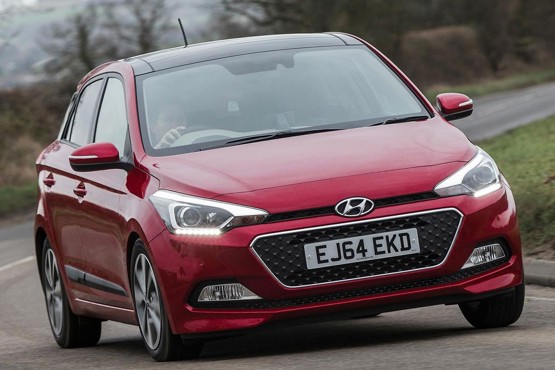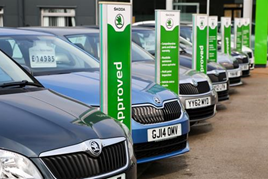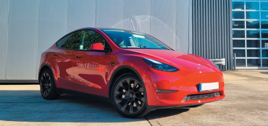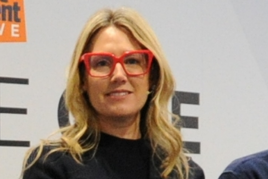Average used car values have increased for the first time in nearly a year, according to the latest data from Cap HPI.
Prices increased slightly by 0.7% or the equivalent of £50 for the average car at three years and 60,000 miles.
The increase is the fourth largest upward movement in February since Cap Live was launched in 2012.
The average movement over the last 11 years is a slight increase of 0.2%.
Values at the one-year age point increased by a minimal 0.2%, while values at the five-year point went up by 0.6%. A minor weakness can be seen for older cars, with a 0.6% decline, not helped by some high mileage cars proving relatively undesirable.
Derren Martin, director of valuations at Cap HPI, said: “Overall, the average movements in Cap Live values point to a stable-to-strong used car market, following a relatively normal seasonal pattern for the first two months of the year.
“The market remains strong, retailers are busy, and wholesale supply levels are well under control.”
Martin said the March plate change will bring increased volumes into the used car marke from fleet returns and part-exchanges.
He is also predicting strong new car offers, particularly on battery electric vehicles (BEVs), as manufacturers chase market share while attempting to hit ZEV mandate targets.
Martin said: “However, these increased volumes are unlikely to adversely affect used values until April at the earliest, and even then, any effect is unlikely to be overly harsh.”
Superminis lead the way
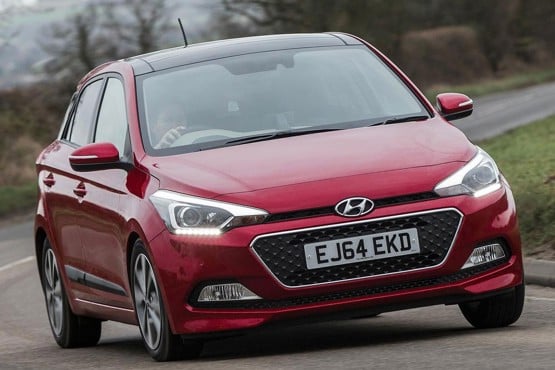
Superminis were the strongest mainstream sector, increasing by an impressive 2.4% at both one and three years old, equivalent to £375 and £250, respectively.
Some of the largest increases were for the Hyundai i20 (pictured), up 3% or £300, the Renault Clio, up 3% or £260, the Seat Ibiza, up 4%/£400, and the Vauxhall Corsa, up 5%/£400.
These types of vehicles have been in particular demand, and there are fewer of them around – a 14% reduction in sold trade data since 2019, partly due to the dominance of SUVs.
Battery electric vehicles were the weakest fuel type, dropping by 1.7% or c.£375 at three years old in Cap Live in February.
While most BEVs continued to experience a decrease in value, some models did show a positive movement. Examples include the Seat Mii (1.8%/£125), Renault Zoe (1%/£85), and Mercedes EQA (1.9%/£365).
At the one-year age, BEV values decreased by 2.3% or c.£850 in February due in part to the strong new car offers available, with some discounts of up to £15,000 or 30% off the list price.
Used EV volumes continue to rise
BEV volumes continue to rise, and Cap HPI has received nearly double the amount of sold data compared to this period last year.
The first two months of this year have seen almost a quarter of last year’s total sold volume already.
More BEVs are entering the used wholesale market than ever; they are selling, and values are holding up better than last year, primarily due to last year’s severe realignment.
However, average values are still dropping, while petrol and diesel cars are increasing by 1.2% and 0.5% respectively.
Derren concluded: “March is generally a month where values do not move by much, with the strongest movement being 0.5% up, in both 2023 and 2014.
“In 2022, values dropped by 2.1%, so, there can be variation, but this time around, there is no reason to suggest anything untoward or anything other than a continuation of small positive movements.”
- SEO Powered Content & PR Distribution. Get Amplified Today.
- PlatoData.Network Vertical Generative Ai. Empower Yourself. Access Here.
- PlatoAiStream. Web3 Intelligence. Knowledge Amplified. Access Here.
- PlatoESG. Carbon, CleanTech, Energy, Environment, Solar, Waste Management. Access Here.
- PlatoHealth. Biotech and Clinical Trials Intelligence. Access Here.
- Source: https://www.am-online.com/news/used-cars/2024/02/27/used-car-prices-up-for-the-first-time-in-nearly-a-year
- :has
- :is
- :not
- :where
- $UP
- 000
- 1
- 11
- 2%
- 2012
- 2014
- 2019
- 2022
- 2023
- 60
- a
- According
- adversely
- affect
- age
- almost
- already
- also
- amount
- an
- and
- any
- anything
- April
- ARE
- around
- AS
- At
- attempting
- available
- average
- battery
- Battery Electric Vehicles
- BE
- been
- being
- Better
- both
- bring
- busy
- but
- by
- CAN
- cap
- car
- cars
- change
- chase
- compared
- concluded
- continuation
- continue
- continued
- control
- data
- Decline
- decrease
- decreased
- Demand
- DID
- diesel
- Director
- discounts
- do
- Dominance
- double
- dropped
- Dropping
- due
- earliest
- effect
- Electric
- electric vehicles
- entering
- Equivalent
- EV
- Even
- EVER
- examples
- experience
- February
- fewer
- First
- first time
- FLEET
- following
- For
- Fourth
- from
- Fuel
- generally
- Have
- helped
- High
- Hit
- holding
- HTTPS
- Hyundai
- ibiza
- impressive
- in
- include
- Increase
- increased
- Increases
- increasing
- into
- jpg
- largest
- Last
- Last Year
- latest
- launched
- lead
- levels
- List
- live
- Mainstream
- mandate
- Manufacturers
- March
- Market
- market share
- Martin
- minimal
- minor
- models
- Month
- months
- most
- move
- movement
- movements
- much
- nearly
- New
- no
- normal
- of
- off
- Offers
- Old
- older
- on
- ONE
- or
- Other
- over
- part
- particular
- particularly
- Pattern
- period
- plato
- Plato Data Intelligence
- PlatoData
- Point
- positive
- predicting
- price
- Prices
- primarily
- proving
- Quarter
- reason
- received
- reduction
- relatively
- remains
- Renault
- retailers
- returns
- Rise
- s
- Said
- seasonal
- sector
- seen
- Selling
- severe
- Share
- show
- since
- slight
- slightly
- small
- So
- sold
- some
- Still
- strong
- strongest
- suggest
- supply
- SUVs
- targets
- than
- The
- Them
- then
- There.
- These
- they
- this
- this year
- three
- time
- to
- Total
- trade
- two
- type
- types
- under
- unlikely
- until
- upward
- used
- Valuations
- value
- Values
- Vehicles
- volume
- volumes
- was
- weakness
- WELL
- went
- were
- while
- wholesale
- will
- with
- year
- years
- zephyrnet

